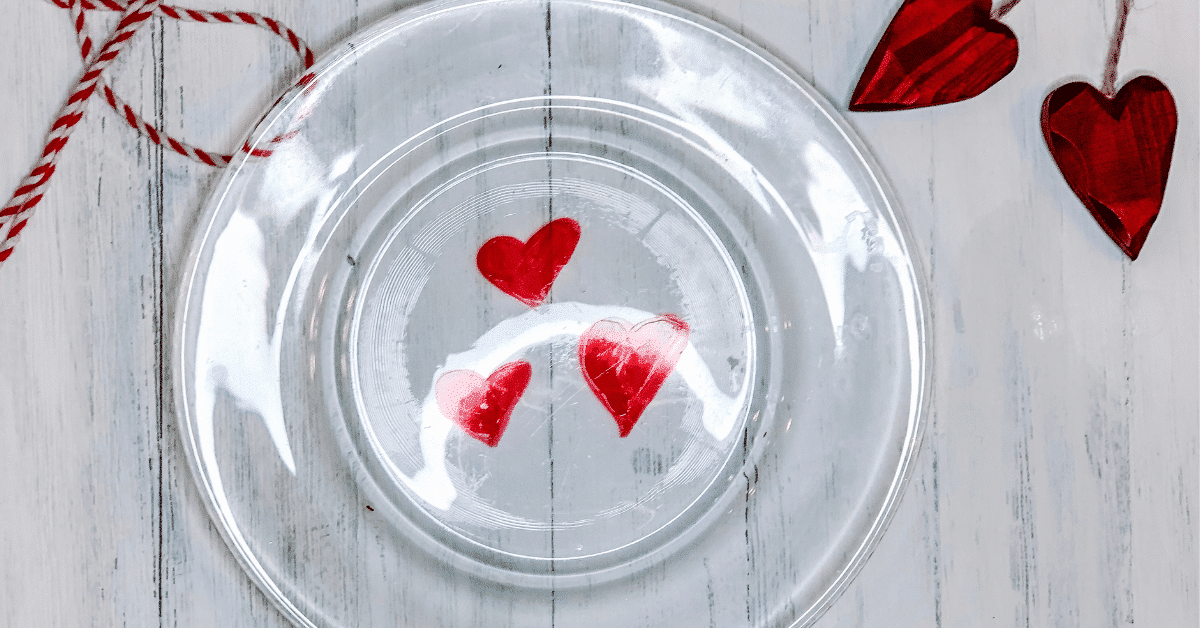Floating Hearts Experiment
If you're looking for a fun and educational experiment to do with your kids, look no further than the floating hearts experiment. This easy-to-do experiment is a great way to teach kids about science and engineering while also creating an eye-catching visual display.
The Pain Points of the Floating Hearts Experiment
One of the biggest challenges of the floating hearts experiment is getting the hearts to float in just the right way. Kids may need to experiment with different materials and techniques in order to get the hearts to stay suspended in the water, which can be frustrating and time-consuming.
The Target of the Floating Hearts Experiment
The target of the floating hearts experiment is to create the illusion of floating hearts using basic household materials. By suspending paper hearts in water, you can use surface tension to make them appear to float in midair.
Summary of Main Points
The floating hearts experiment is a great way to teach kids about science and engineering while also creating a fun and eye-catching visual display. The experiment can be challenging at times, but with some patience and experimentation, kids can learn how to create the perfect suspended hearts. To get started with the experiment, you'll need some basic household materials, including paper hearts, water, and dish soap.
What is the Floating Hearts Experiment and How Does it Work?
The floating hearts experiment is a simple experiment that uses surface tension to make paper hearts appear to float in water. To get started, you'll need some basic materials, including paper hearts, dish soap, and water.
To begin the experiment, fill a shallow dish with water and add a few drops of dish soap. Stir the mixture gently to create some bubbles on the surface of the water. Next, take your paper hearts and carefully place them on the surface of the water. If the hearts are cut and folded correctly, they should stand upright and appear to be floating in midair.
This effect is created by the surface tension of the water. Surface tension is a property of liquids that allows them to resist an external force, such as the weight of the paper hearts. By adding dish soap to the water, you reduce the surface tension, allowing the hearts to sit on the surface of the water without sinking.
Overall, the floating hearts experiment is a great way to teach kids about science and engineering concepts, such as surface tension and the properties of liquids. It's also a fun and eye-catching way to create a unique visual display.
Tips and Tricks for the Floating Hearts Experiment
If you're having trouble getting your paper hearts to float, try folding them in different ways to create more surface area. You can also experiment with adding more dish soap to the water to reduce the surface tension even further. Finally, make sure that your dish is shallow enough that the paper hearts don't get submerged in the water.
FAQs About the Floating Hearts Experiment
Q: What other shapes can I use for the floating hearts experiment?
A: The floating hearts experiment can be done with a variety of shapes, including circles, squares, and stars. Just make sure that the paper is lightweight enough to float on the surface of the water.
Q: Can I use food coloring to color the water in the floating hearts experiment?
A: Yes, adding food coloring to the water can create a colorful and eye-catching display.
Q: What other experiments can I do with surface tension?
A: There are many experiments that use surface tension, including the straw through a potato experiment, the raisin dance experiment, and the soap-powered boat experiment.
Q: Can I add glitter to the water in the floating hearts experiment?
A: Yes, adding glitter to the water can create a sparkly and eye-catching display.
Conclusion of the Floating Hearts Experiment
The floating hearts experiment is a great way to teach kids about science and engineering concepts such as surface tension and the properties of liquids. By folding paper hearts and suspending them in soapy water, kids can create an eye-catching visual display that will amaze and delight. So grab some paper, dish soap, and water, and get started with the floating hearts experiment today!
Gallery
Candy Experiments: Valentine Experiment: Floating Hearts
Photo Credit by: bing.com / hearts
Floating Dry Erase Marker Experiment - Valentines Day Hearts - YouTube

Photo Credit by: bing.com / erase dry experiment marker floating
Floating Hearts Dry Erase Experiment – STEAM Activity For Kids

Photo Credit by: bing.com / experiment erase dry
Floating Hearts Science Experiment – STEAM Activity For Kids

Photo Credit by: bing.com /
Floating Hearts Science Experiment [Video] In 2021 | Stem Projects
![Floating Hearts Science Experiment [Video] in 2021 | Stem projects](https://i.pinimg.com/736x/24/c3/6c/24c36c47957d19375587a4cb35f33e79.jpg)
Photo Credit by: bing.com /